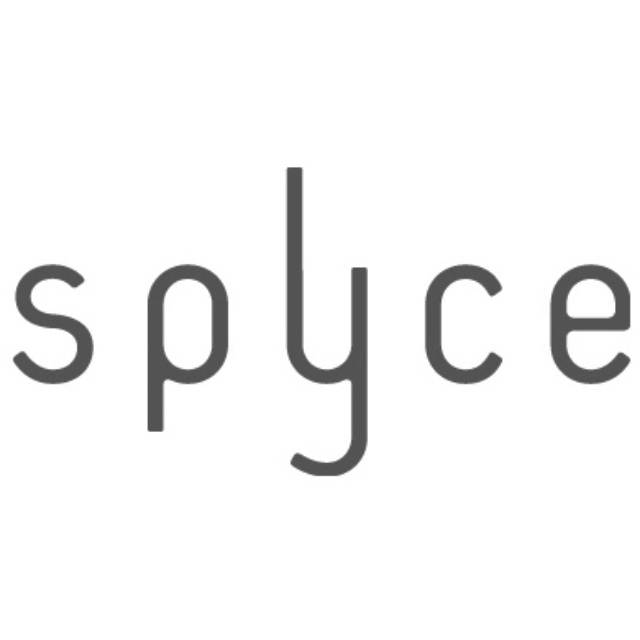Silver Winner of the International Architecture & Design Awards 2024
Architect / Designer:
Nigel Parish
Studio:
splyce design
Design Team:
Design / Nigel Parish, Tomas Machnikowski, Nick Macleod, Ewing Choi
Build / Adisa Homes
Structural / Aspect Structural Engineers
Copyright:
Ema Peter
Country:
Canada
Located in Vancouver’s westside on an east-west oriented site, the Yield House was designed for hosting multiple family guests throughout the year.
A concrete wall, with a cantilevered stair, is the first in a series of built layers in the landscape that define the pedestrian sequence from the road to the main entry.
Separated by 17 feet in height, the house is perched high above the sidewalk below, removed from awkward street level sight-lines that compromise privacy. A continuous dark band of cementitious panel defines the silhouette of the front elevation, while large glazing panels emphasize a sense of light and levitation of the home. Concealed window frames and reductive detailing allow interior spaces to dissolve into the adjacent landscape and views beyond.
On the main floor, a north-south axis punctuated by windows on either end, marks a subtle rotation in the plan towards the panoramic city, mountain and ocean view, and defines an informal boundary between the spaces. A timber ceiling further articulates this division and brings warmth and texture to the balance of the white palette. Large siding glass doors open to a deck on grade at the rear of the house, enlarging the space and integrating the inside with the out. The main staircase is bathed in a continuous yet ever-changing quality of light from the skylight/roof deck access above and the tall window to the west, framing views of the cedar and fir trees in the distance.
The interior is kept deliberately quiet in its materiality and formal layout. The main social spaces are grouped together as one – kitchen, dining and living, while other supporting spaces are discreet, yet connected – a prep kitchen is accessed by a door disguised as part the kitchen millwork, while the mudroom is tucked conveniently behind the main kitchen. Other informal spaces are intended for retreat and solitude, but not as a total departure from the overall. A home office hides behind the main living room wall, and a library with seating nook, consumes the upper floor stair landing.
splyce design
Splyce is a Vancouver based design studio producing modern projects ranging in size, scope and budget from new homes and renovations to custom furniture and landscapes.
An underlying interest in all scales of work is how thoughtfully designed objects and spaces have the ability to inspire, engage our senses, and ultimately influence our quality of life. The experiential qualities of a space, and how things feel both physically and aesthetically, are carefully considered throughout the design stage. The result is a highly articulated design that exudes warmth and comfort while maintaining a distinctly modern sensibility.
Splyce is deeply committed to their clients and remains passionate about producing intelligent, creative and beautiful designs to meet their needs.



